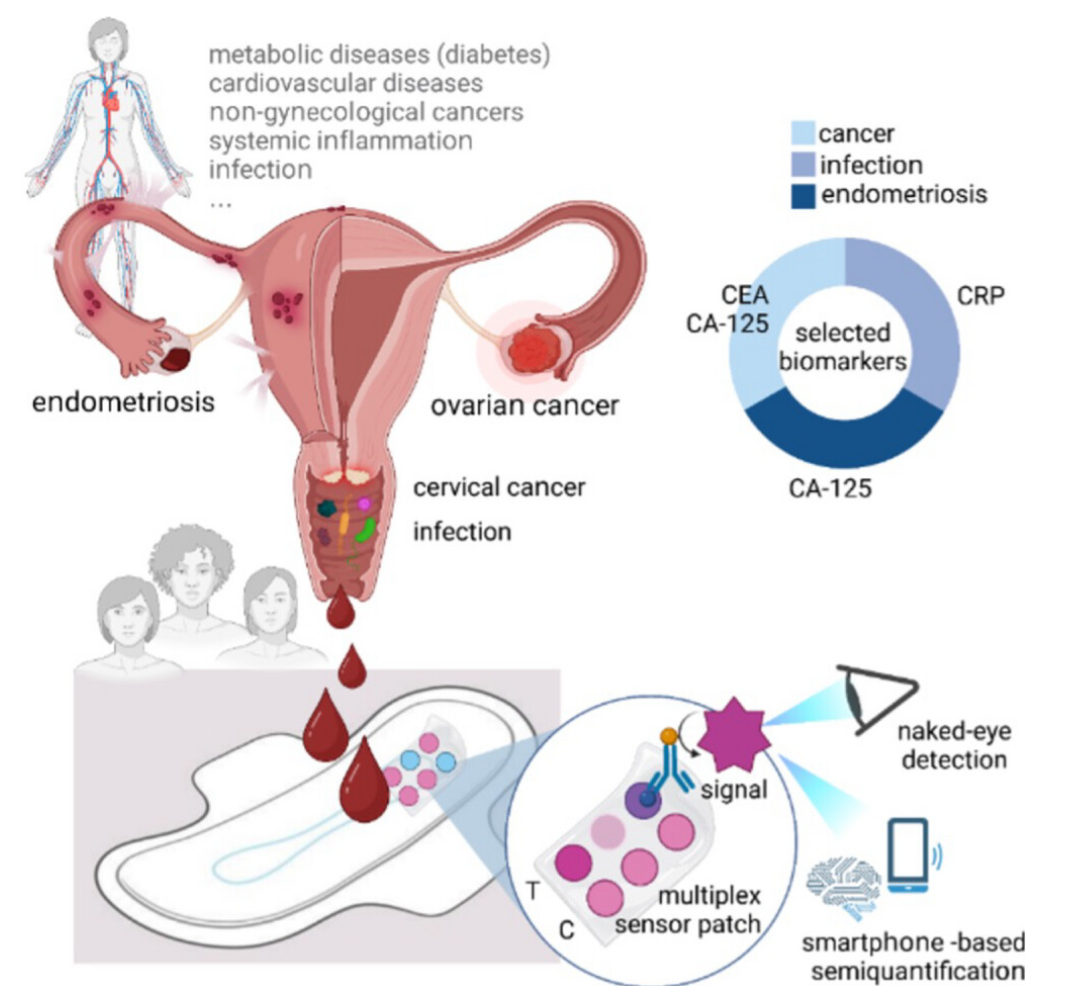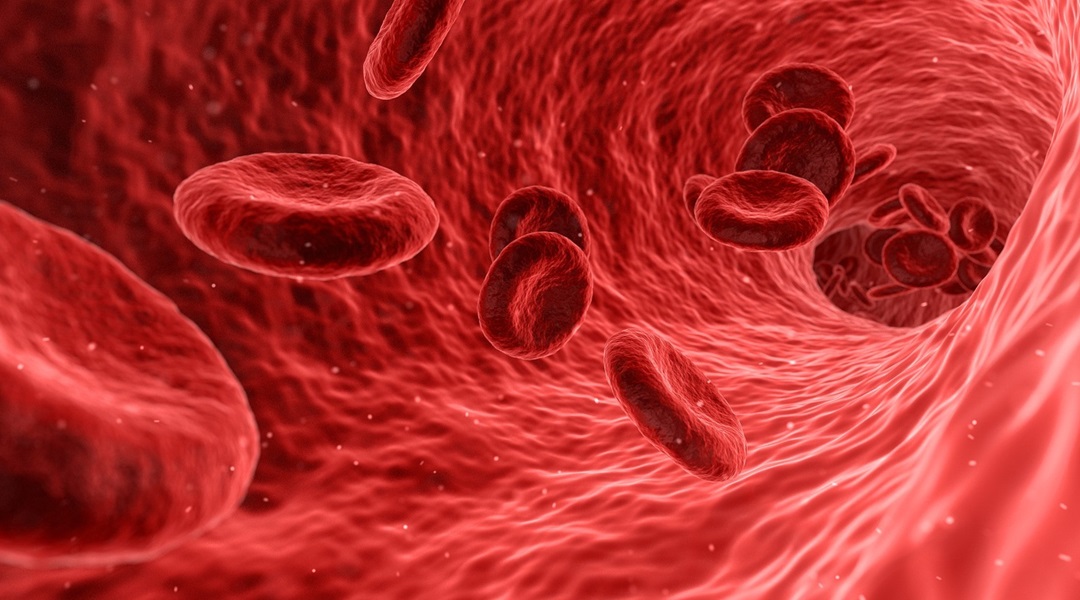Every month, around 1.8 billion people menstruate, generating a largely overlooked source of health information: menstrual blood. Like venous blood, which is routinely used in medical diagnostics, menstrual blood is rich in proteins and other biomarkers, yet its use has been mostly limited to fertility and menstruation tracking.
Recognising this untapped resource, Inge Herrmann and colleagues at ETH Zurich have developed a wearable sensor embedded into a standard sanitary pad that can collect and analyse key disease biomarkers.
The microfluidic platform, named “MenstruAI”, is a paper-based lateral flow assay with colorimetric test zones. The test zones house antibody-functionalized gold nanoparticles linked to different pathologies such as cancer, endometriosis, or infections. When in contact with menstrual blood, those nanoparticles generate visible colour changes that can be seen with the naked eye.

To simplify interpretation, the team also developed a smartphone app. The app guides the user through the process and analyses the results using machine learning trained on hundreds of test strip images.
A major advantage of MenstruAI is that, unlike most blood sampling and analysis methods, it requires no pre- or post-processing. As the authors highlight, the platform was designed to be “accessible, affordable, reproducible, [and] non-invasive”. This makes it especially relevant for settings where women have no access to regular medical check-ups and preventive testing is limited by economic constraints.
Following this successful proof-of-concept, the team hopes that their findings will inspire larger field trials to explore biomarker variability across individuals and assess real-world usability. Additionally, the platform could be extended to detect biomarkers for sexually transmitted diseases or other health indicators.
While the authors stress that MenstruAI is not intended to replace clinical diagnostics, it offers an affordable health monitoring tool that could function as an early warning system.
By turning menstrual blood from “waste” into a valuable health resource, MenstruAI presents an affordable, barrier-free approach to women’s health monitoring that helps democratize healthcare.
Featured image credit: SciTechTrend via Flickr.














